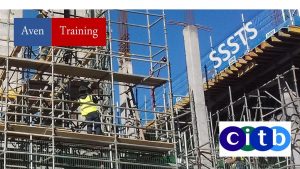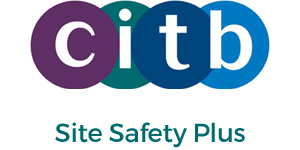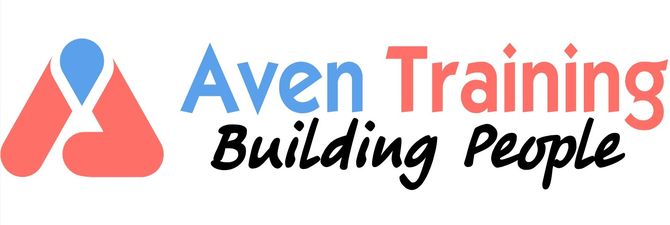Site Supervisors Safety Training Scheme (SSSTS)
 The Site Supervisors Safety Training Scheme (SSSTS) is a two-day course intended for those who have, or are about to acquire, supervisory responsibilities.
The Site Supervisors Safety Training Scheme (SSSTS) is a two-day course intended for those who have, or are about to acquire, supervisory responsibilities.
It provides supervisors with an understanding of health, safety, welfare as well as environmental issues. It will also highlight the requirement to promote health and safety to supervise effectively.
Site Supervisors Safety Training Scheme (SSSTS)
The course covers the following areas –
- Health & Safety law
- Developing a Health and Safety management system
- Occupational health
- Fire prevention and control
- Risk assessment and method statements
- Hazardous substances
- CDM regulations
- Working at height
- Personal protective equipment
- Manual handling
- Accidents and first aid
Please note, the training programme is endorsed by the United Kingdom Contractors Group as the standard course for all supervisors who work on UKCG sites
Further, the certificate you gain is valid for 5 years, after which time a refresher course is available for those who wish to continue at this level.
Mandatory Entry Requirements
Good understanding of spoken and written English. Please contact us if you have any concerns in this area.
You will need to provide a valid ID on the first day of the course, such as a copy of your passport or driving licence.
Grants and funding
Grants are available for eligible employers. For further information please visit CITB grant page

Location
The training for the Site Supervisors Safety Training Scheme (SSSTS) is delivered at
Longley Community Church
180 Lowerhouses Lane
Lowerhouses
Huddersfield HD5 8JZ
For available dates and price, please click here
Click here to return to all health & safety courses
Teaching and assessment
Teaching:
This is a highly interactive course taught through case studies, classroom discussion, group work and individual or group presentations. You will need to do some self-study outside the course.
Assessment:
- Continuous assessment. You need to attend all 2 days – see the Site Safety Plus attendance requirements.
- Multiple-choice test.
.
CITB Certification
Upon successful completion of this course, you will achieve a “Site Supervisor Safety Training Scheme” certificate, which will be accredited by CITB. This qualification has gained approval by the MCB and is a highly renowned qualification within the field of construction.
Responsibilities of a Construction Site Supervisor
When it comes to site supervisor safety, you have a number of responsibilities to ensure the health and safety of your employees. This includes providing safe equipment and gear for your employees to use while on the job, as well as establishing safe working practices for handling, storing, transporting and using any hazardous substances.
It is also your responsibility to ensure that the workplace is clean and well maintained, so that passageways and stairs are never obstructed. You will also need to ensure that your employees have adequate welfare and toilet facilities.
As a supervisor, you also have the responsibility to monitor the workplace to ensure that health and safety procedures are being carried out correctly – enforcing these standards when they are not being met. You might also need to make sure that all employees understand the health and safety policies, including making arrangements for employees that might not speak English very well or cannot read.
The full responsibilities involved in site supervisor safety will be outlined in your CITB SSSTS course.
Learn Risk Assessment During the SSSTS Course
A risk assessment is one of the most important aspects of health and safety in the workplace. A risk assessment involves taking a thorough look at the workplace and work practices in order to establish the potential hazards that workers might be subjected to.
The first step to a risk assessment is to identify the hazards and to decide who might be harmed by them and in what way. The next step will be to evaluate the potential risks and decide the best procedures and practices for preventing them. It is also important to record the findings of this assessment and implement them.
Of course, the risk assessment isn’t just a one-time thing that can be done and then forgotten about. The health and safety procedures that have been established need to be followed and they should be reviewed frequently and updated if necessary.
Why Accidents Need Recording
If there is an accident in our workplace, it is crucial that you report exactly what happened in an official and approved way. This is true even if the accident was a “near miss” and no one was hurt.
Why is this so important? One of the reasons is because this information could help to improve the safety of the workplace so that the accident doesn’t happen again. Also, if injuries are not apparent in the moment but they develop later, having a record of the incident is crucial from a legal perspective. It is also required by law to follow the correct health and safety procedure of reporting accidents.
Benefits of CITB SSSTS Training
This is a highly regarded construction site safety qualification. This SSSTS training will enable supervisors to create a healthy and safe working environment within the construction site. Prior health and safety awareness training is also available in the form of the 1-Day CITB Health and Safety Awareness course. There are a number of benefits to site supervisor safety training, such as:
- It will reduce the number of accidents in the workplace, therefore cutting down on sick time, delays and costly and time consuming legal procedures.
- It is a moral responsibility, to protect the health and welfare of your valuable employees.
- It will ensure that you are complying with the legal regulations for the industry, to avoid heavy fines and suspensions.
- Workplace accidents have a negative effect on your company’s reputation, which will make other contractors and clients hesitant to work with you and also make it difficult to recruit staff.
- Accidents often damage materials and equipment, which can be costly and time consuming to repair.

 D5 Creation
D5 Creation